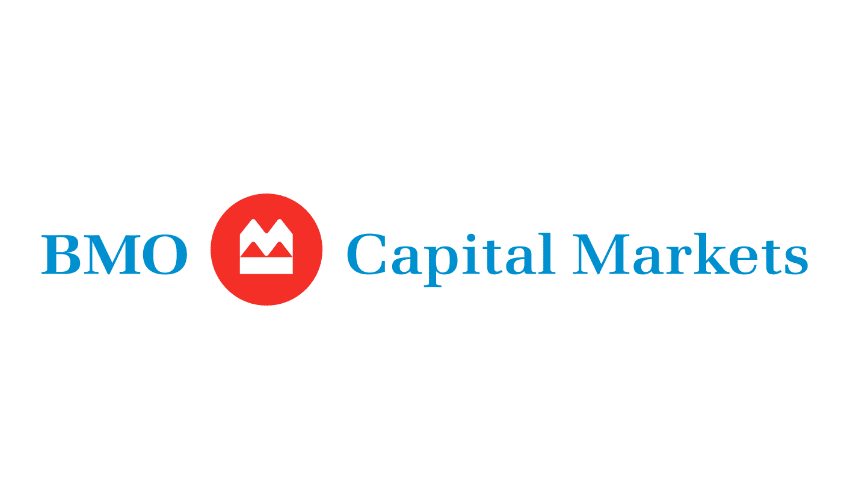Alternative capital – A mature option for PE to take advantage of market cycles: BMO

For private equity investors, the use of alternative capital vehicles and insurance-linked securities (ILS) structures presents a mature way to take advantage of reinsurance market cycles in an efficient manner, analysts at BMO Capital Markets have highlighted.
This is a trend we’ve closely watched over the years, where some equity investors are now aware that they can access the risk premium of the reinsurance market, without all of the operational risk and overhead, through structures developed for the insurance-linked securities (ILS) market and the use of alternative capital strategies.
The BMO Capital Markets analyst team highlights this as one of their conclusions following the recent AIFA insurance conference.
They see private equity investors realisation that there might be better ways to invest in the reinsurance cycle as a key reason we haven’t seen any wave of start-up reinsurers through this hard market cycle.
Of course, private equity money has long utilised the sidecar structure as a way to access the returns of the reinsurance market efficiently and this segment has been seeing more growth of late.
A number of sidecar structures are in the market at this time, as re/insurers look to capitalise on the interest of investors to access the market at what is still seen as a time of peak risk-linked returns.
In our discussions with traditional equity investors over the last year, we’ve noted an increasing interest in finding more efficient ways to tap the market and seemingly the float or investment returns side of the re/insurance model is not such a focus at this time.
BMO Capital Markets’ analyst team note that share price multiples haven’t reached sufficient levels to result in the trigger being pulled for new start-ups.
But, with reinsurance capital in-demand some private equity investors are looking at ways they can access the market’s performance, without such long lock-in or corporate risk overhead.
Excess capital on the traditional reinsurance side remains more depressed than it was pre the increase in interest rates, which continues to make alternative capital sources an attractive option, despite the recovery in asset values on traditional reinsurer balance-sheets.
At the same time, reinsurers are determined to retain the higher attachment points, or at least to not see them depleted back to where they had been before this market hardening began.
At the same time, the alternative capital that had been targeting lower-layers of reinsurance towers has still not rebuilt to any significant degree in the market and although there are signs of it rebuilding, it is likely to be far more disciplined and choosy over where it is deployed.
All of which means that, while it’s not overly attractive to PE investors to launch a new start-up right now, it is still an attractive market to them and so they are coming with greater flexibility in their strategies and ambitions, with ILS and alternative capital strategies one way they can deploy money in and still benefit from the harder stage of the cycle.
The maturing of ILS strategies and the evidence that they work as ways to efficiently deploy capital into reinsurance over market cycles, does mean that any investor with the appetite could choose that route to partner with risk originators and underwriters, rather than going down the path of the start-up today.






